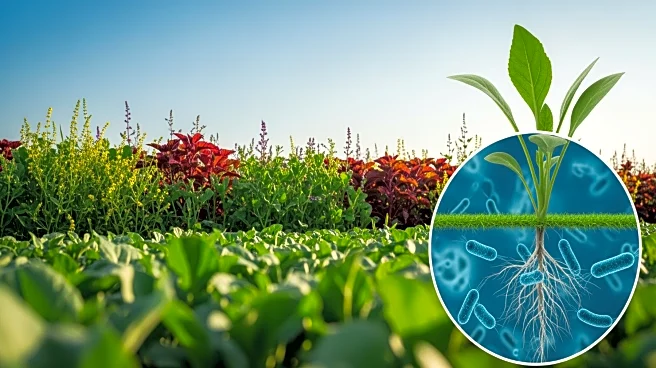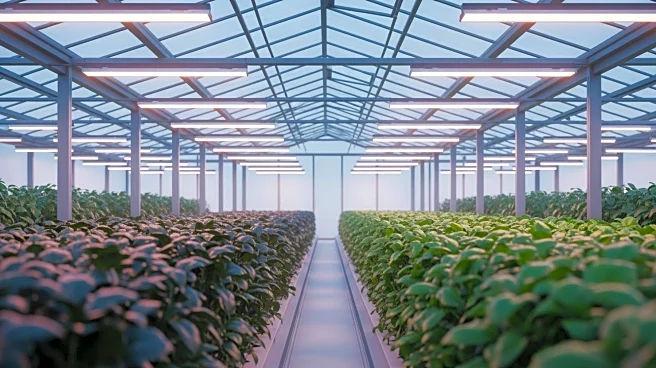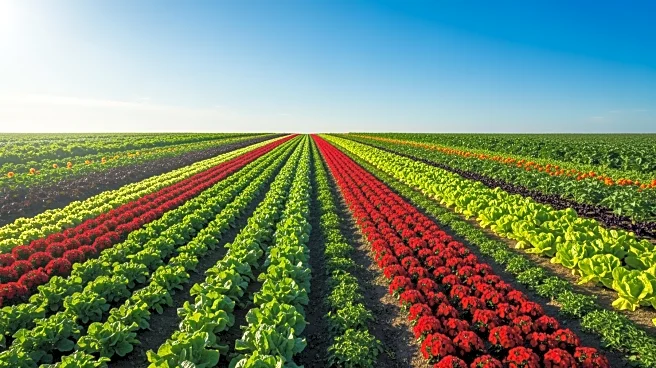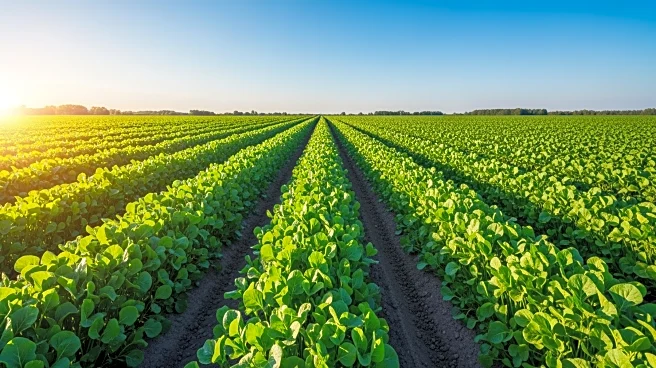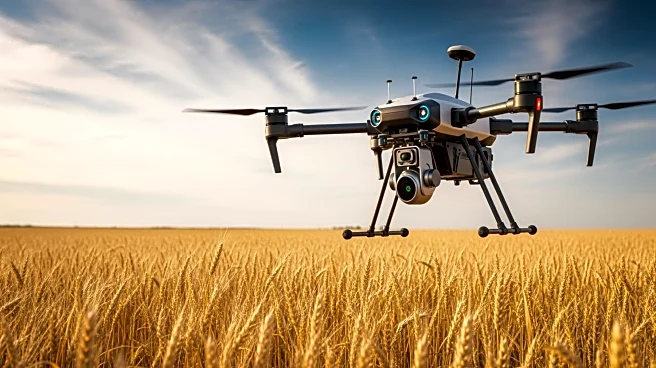What's Happening?
The regenerative agriculture market is projected to grow from $14.5 billion in 2025 to $48 billion by 2032, driven by a global shift towards sustainable food systems. This growth is fueled by government support, corporate commitments, and consumer demand
for environmentally responsible products. Key practices include soil health management, agroforestry, and holistic grazing. North America currently leads the market, but Asia-Pacific is expected to see the fastest growth due to supportive policies and technological innovations.
Why It's Important?
The expansion of regenerative agriculture is crucial for addressing climate change, food security, and environmental degradation. By improving soil health and biodiversity, these practices can enhance agricultural productivity and resilience. The market's growth presents opportunities for farmers to benefit from carbon credit programs and corporate sustainability initiatives. As more companies and governments invest in regenerative practices, the agricultural sector could see significant transformations in production methods and supply chain management.
What's Next?
The market is likely to see increased investment in digital agricultural technologies, such as AI-based crop management and soil health sensors. These innovations could enhance the efficiency and scalability of regenerative practices. Additionally, policy frameworks supporting regenerative agriculture are expected to strengthen, with more countries adopting carbon farming initiatives. The integration of these practices into mainstream agriculture could lead to widespread environmental and economic benefits.


